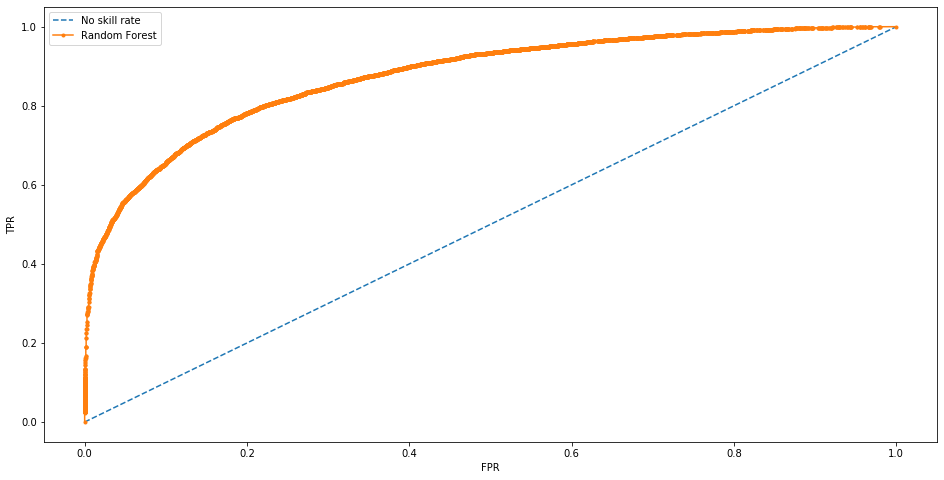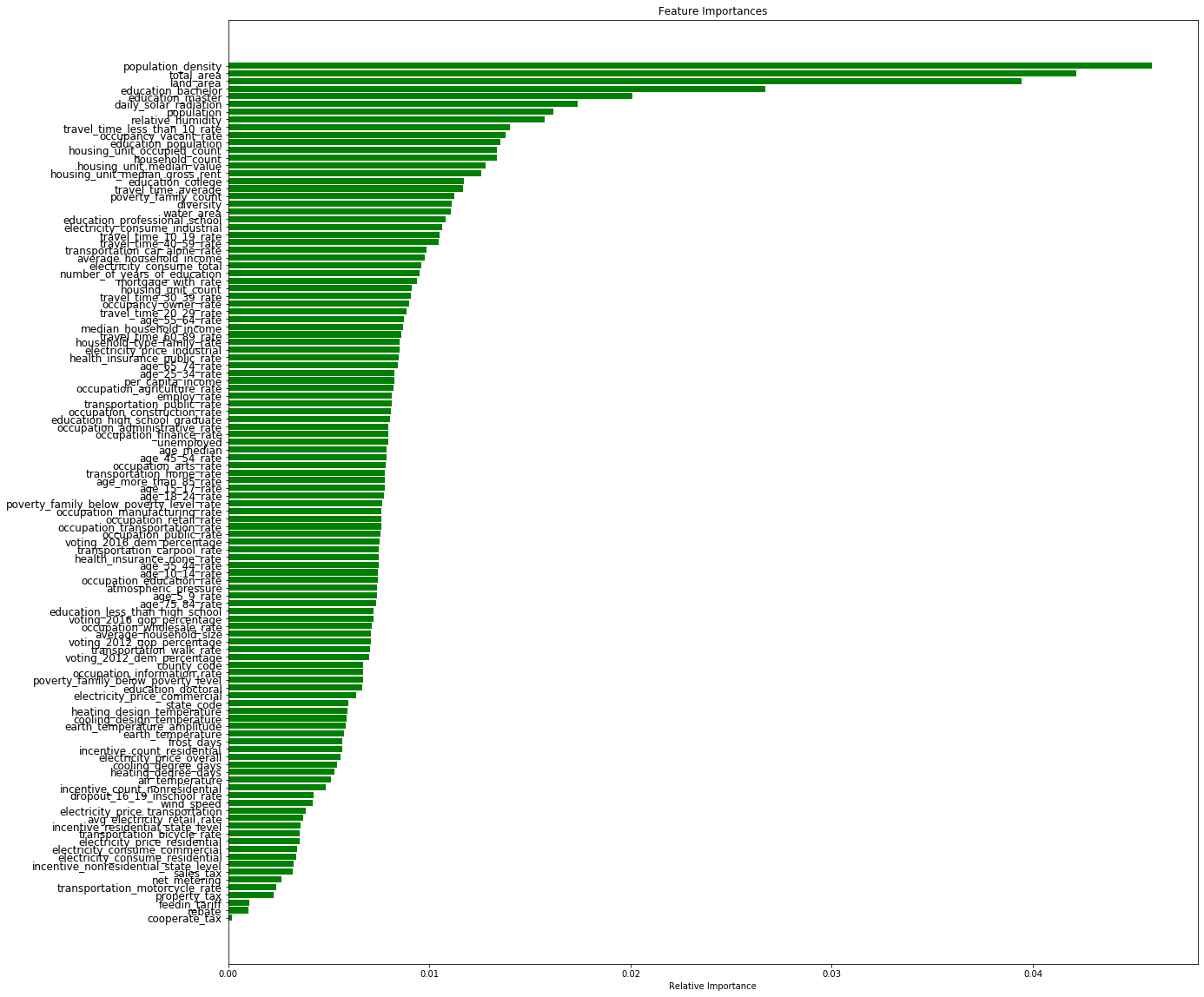DeepSolar
Project Background
With climate change remaining a prevalent concern amongst many Americans for the foreseeable future, there has been some debate about how to approach the issue. Some consider the failure to act now a proverbial nail in the coffin, while others are optimistic that the rate of technological change will eventually help sort out this problem. William Nordhaus, who has been referred to as the leading mind in the economics of climate change, addresses the issue as a matter of careful cost-benefit consideration. In his book, The Climate Casino: Risk, Uncertainty, and Economics for a Warming World, he describes some of the nuanced and unknown issues pertaining to the economics of action against climate change and even puts into question some of the methods largely considered a best course of action.
Photovoltaic panels, or solar panels, are one of these aforementioned methods that, although has been proven to be efficient in some scenarios, is not a feasible first choice for clean electricity production on a massive scale. However, solar panels can supplement the net electricity consumption and many solar advocates claim that solar panels can decrease the price of electricity, not just for your own home or place of business, but for your neighbors as well. This has been the primary incentive for implementing solar panels into communities, however, we’d like to see if we can predict the use of solar panels in a given region, possibly to get some insight into characteristics that are associated with solar adoption. Although there are many incentives in place to increase public support and adoption of solar panels, there seems to be stagnation in the adoption rate of residential community-wide solar integration. We’ll attempt to predict the adoption of solar panels across the US using various machine learning algorithms.
Stanford’s DeepSolar project used satelite imaging and computer vision to identify solar panels within the continental United States. Rather than undertaking a project to image the entire U.S., is there a way to predict the adoption of photovoltaic panels across the U.S. using demographic, economic, and geospatial data. The data can be found on the DeepSolar website: http://web.stanford.edu/group/deepsolar/home.
Predictive Modeling
A few different models were created in attempts to predict what zipcodes in the US have adopted photovoltaic panels either commercially or residentially. The best performing model was a random forest model with an AUC of 87.467% as seen below.

Using the learned parameters, we can observe the ranked importance of features in predicting solar adoption.
